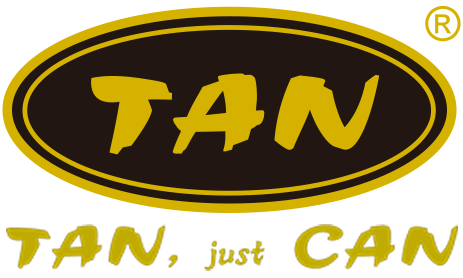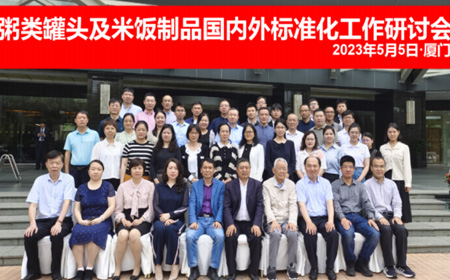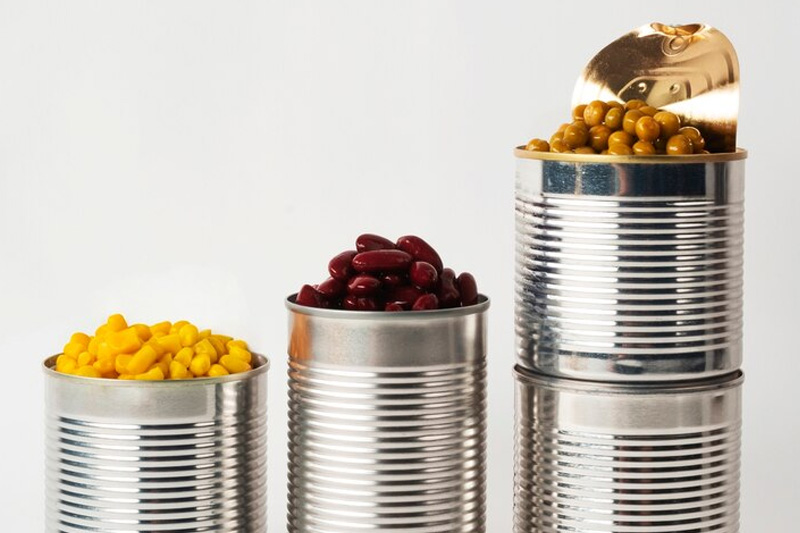In the dynamic landscape of the canned food industry, packaging plays a crucial role in preserving product quality, enhancing shelf life, and capturing consumer attention. As consumer preferences and market trends evolve, canned food manufacturers are continuously innovating in packaging technology to meet the demands for convenience, sustainability, and product differentiation. In this blog post, we'll explore the latest innovations in packaging technology for canned food manufacturing, highlighting the integration of mushroom production technology and offering valuable insights into the future of packaging in the industry.
Sustainable Packaging Solutions:
With increasing awareness of environmental issues and a growing demand for sustainable products, canned food manufacturers are prioritizing eco-friendly packaging solutions. Sustainable packaging materials, such as recyclable metals and biodegradable plastics, are gaining traction as alternatives to traditional packaging materials.
Mushroom production technology offers a unique opportunity to further enhance sustainability in canned food packaging. Mushroom-based materials, such as mycelium-based bioplastics, are renewable, biodegradable, and compostable, making them an environmentally friendly option for packaging applications. By incorporating mushroom-based materials into their packaging designs, canned food manufacturers can reduce their environmental footprint and appeal to eco-conscious consumers.
Insight: Embracing sustainable packaging solutions, including mushroom-based materials, enables canned food manufacturers to reduce waste and support environmental conservation efforts.
Extended Shelf Life and Preservation:
Packaging technology plays a critical role in preserving the freshness and quality of canned food products throughout their shelf life. Advanced packaging materials and designs help protect against moisture, oxygen, light, and other factors that can degrade product quality and shorten shelf life.
Innovations such as modified atmosphere packaging (MAP) and vacuum sealing technology create a controlled environment within the packaging, extending the shelf life of canned foods and minimizing the need for preservatives. Additionally, barrier coatings and films provide an extra layer of protection against external contaminants, ensuring that canned food products maintain their freshness and flavor until they reach consumers' plates.
Insight: Innovations in packaging technology enhance preservation and extend the shelf life of canned food products, preserving their quality and nutritional value for longer periods.
Convenience and Functional Design:
In today's fast-paced lifestyle, consumers value convenience and ease of use when it comes to food packaging. Canned food manufacturers are responding to this demand by incorporating user-friendly features and functional designs into their packaging solutions.
Easy-open lids, resealable closures, and portion-controlled packaging are just a few examples of innovations that enhance convenience and usability for consumers. These features not only improve the overall user experience but also help reduce food waste by allowing consumers to conveniently store and portion their canned food products.
Furthermore, packaging technology enables manufacturers to incorporate informative labeling, QR codes, and smart packaging solutions that provide consumers with valuable information about product origin, nutritional content, and cooking instructions.
Insight: Functional and convenient packaging designs enhance the user experience and contribute to consumer satisfaction with canned food products.
Brand Differentiation and Visual Appeal:
In a crowded marketplace, effective packaging design serves as a powerful tool for brand differentiation and consumer engagement. Canned food manufacturers are leveraging innovative printing techniques, bold graphics, and eye-catching packaging designs to stand out on the shelf and capture consumer attention.
Interactive packaging elements, such as augmented reality (AR) labels and QR code scanning, provide consumers with immersive brand experiences and valuable product information. Personalized packaging options, such as customizable labels and packaging artwork, allow manufacturers to tailor their products to specific target audiences and market segments.
Insight: Creative and visually appealing packaging designs help canned food manufacturers differentiate their brands and attract consumers in a competitive market.
Integration of Smart Packaging Technology:
The integration of smart packaging technology is revolutionizing the canned food industry, offering exciting possibilities for product traceability, quality assurance, and consumer engagement. Smart packaging solutions, such as RFID tags, NFC labels, and QR code scanning, enable manufacturers to track products throughout the supply chain and provide consumers with real-time information about product authenticity, freshness, and storage conditions.
Furthermore, smart packaging technology facilitates interactive communication between brands and consumers, allowing manufacturers to gather valuable feedback, conduct market research, and offer personalized promotions and incentives.
Insight: The integration of smart packaging technology enhances transparency, traceability, and consumer engagement in the canned food industry, driving innovation and improving the overall customer experience.
Conclusion:
In conclusion, innovations in packaging technology are transforming the canned food manufacturing industry, offering solutions that enhance sustainability, preservation, convenience, brand differentiation, and consumer engagement. By embracing sustainable materials, extending shelf life, prioritizing convenience and functional design, incorporating visual appeal, and integrating smart packaging technology, canned food manufacturers can meet the evolving needs and preferences of consumers while driving growth and innovation in the industry. With a strategic approach to packaging innovation, manufacturers can position themselves for success in a competitive marketplace and deliver value to consumers for years to come.



采访刊发中国罐头⾏业-01.jpg)

